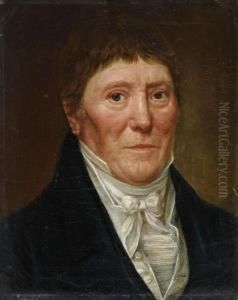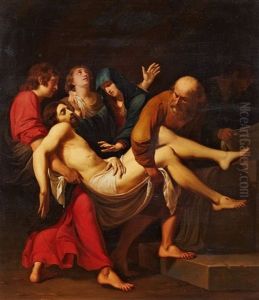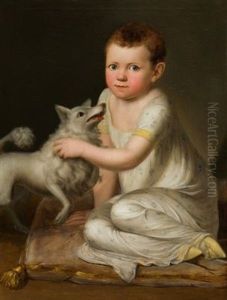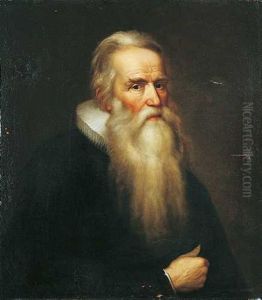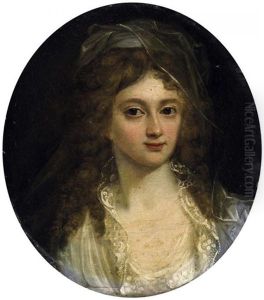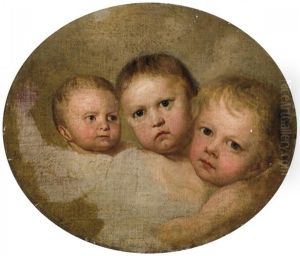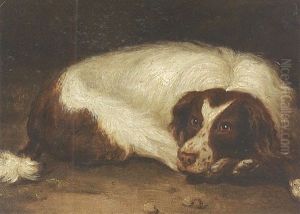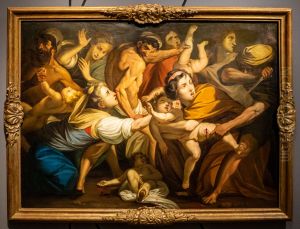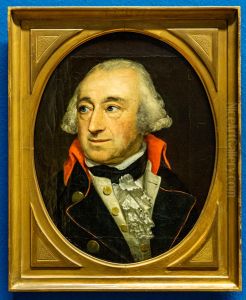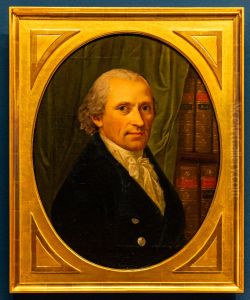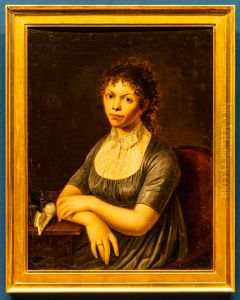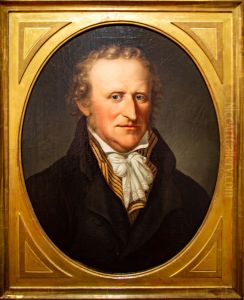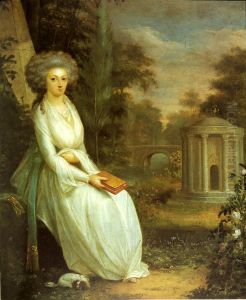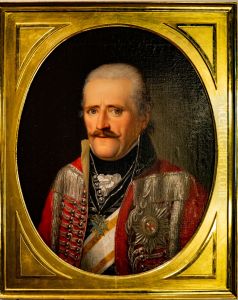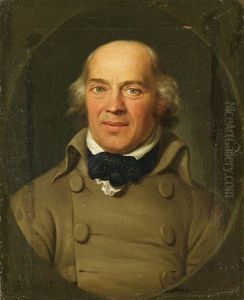Johann Christoph Rincklake Paintings
Johann Christoph Rincklake was a German painter known for his portraits and was active during the late 18th and early 19th centuries. Born in 1764 in Münster, Westphalia, he was a part of a generation of artists that contributed to the cultural landscape of Germany during a period marked by the transition from the Baroque to the Classical era.
Rincklake initially received his artistic training in his hometown, where he developed the foundational skills that would carry him forward in his career. He later moved to Düsseldorf to study at the famous Kunstakademie Düsseldorf (Düsseldorf Academy of Arts), which was an important center for art and artists at the time. There, he honed his craft under the tutelage of renowned painters, further refining his technique and his eye for detail.
Best known for his portraiture, Rincklake had a keen ability to capture the likeness and character of his subjects. His portraits are characterized by a clear, realistic style and often included intricate details of the subject's attire and surroundings, which was typical of the period. He was particularly adept at using light and shadow to add depth and dimension to his works.
During his career, Rincklake was commissioned by numerous important figures of his time, which is a testament to his reputation as a skilled portraitist. His clientele included members of the clergy, aristocracy, and the burgeoning bourgeoisie. The portraits not only served as a record of these individuals but also reflected the societal changes and tastes of the late Enlightenment period.
His work has been displayed in various art collections and museums, and although he is not as well-known as some of his contemporaries, Rincklake's contribution to German portraiture continues to be recognized by art historians and enthusiasts.
Johann Christoph Rincklake's life was cut short when he died in 1813, at the age of 49. Despite his relatively brief career, his body of work has left a lasting impression on the history of German painting, offering a window into the faces and fashions of his time.
